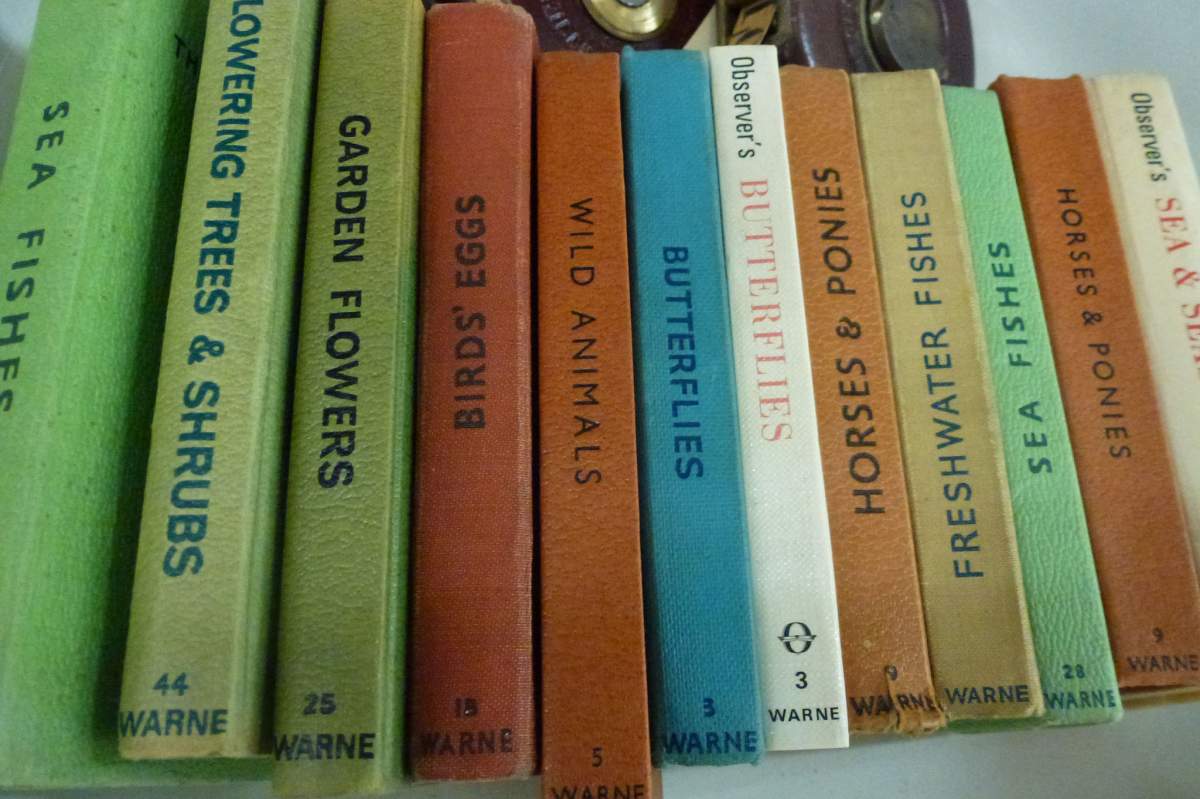
If you patronize second-hand bookshops or are a library visitor, you might find yourself awash in old memories of past visits, as well as the smell of old books.
A Rich Bouquet Of Grass, Almond, And Vanilla
The musk of old books is the result of something more than collecting dust. It's produced when the paper, inks, and glues of books undergo chemical reactions that emit chemicals reminiscent of smells such as grass, almond, and vanilla.
Wood-based paper, standard in older books, contains two complex organic chemicals: cellulose and lignin. Cellulose and lignin work together to give wood its structure.
When removed from a tree, cellulose and lignin break down, causing paper to yellow, and producing the chemical compounds that give old books their distinct aroma.
The products of these breakdowns are hundreds of volatile organic compounds or VOCs, such as toluene, which smells sweet; benzaldehyde, which gives almond extract its fragrance; and vanillin, which defuses hints of vanilla.
Rosin And Wood Fiber
Various paper-based texts are composed of diverse materials and will produce different odors. Scientists can now distinguish which compounds create which odors, and thus gauge a book's age or condition.
The smells created from rosin and wood fiber indicate a book should be a priority for preservation because rosin and wood fiber deteriorate more quickly than other materials used in book production.
This scientific "sniff test" precludes damage that conventional lab testing may cause, and keeps our beloved tomes intact, thus preserving their aged aroma.
Thank you to Laura Brown of Indiana University for reviewing this episode's script.
Sources And Further Reading:
- Compound Interest. "What Causes the Smell of New & Old Books?" Compound Interest. June 1, 2014. Accessed September 26, 2017.
- Koch, Joachim. "'Is It More Than "Old Book Smell'?"International League of Antiquarian Booksellers. December 6, 2011.
- "The smell of old books analysed by scientists." The Telegraph. November 12, 2009. Accessed September 25, 2017.









